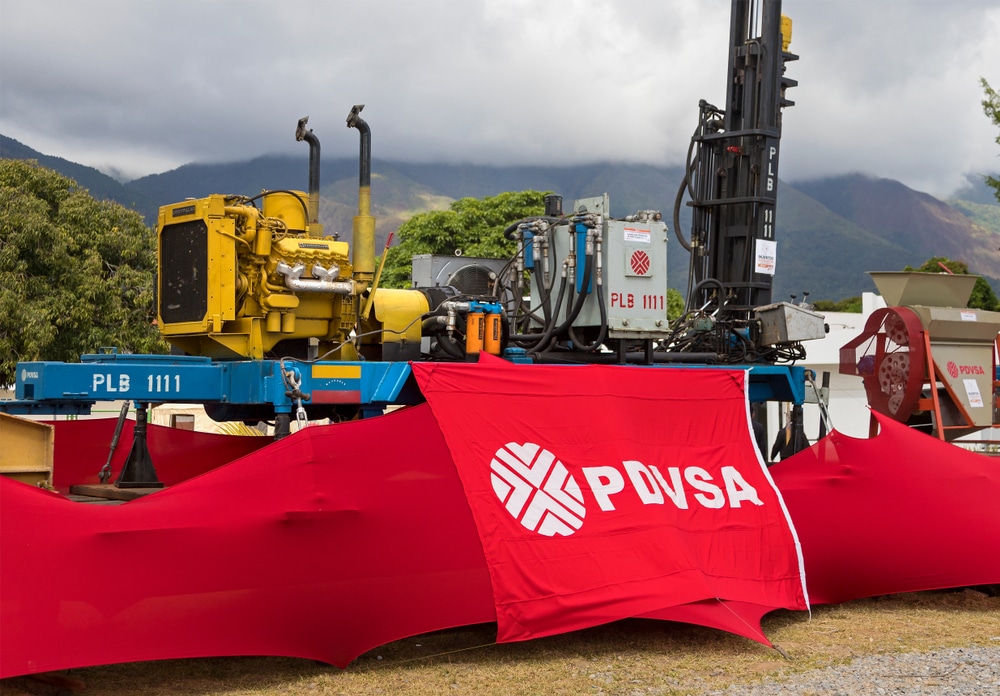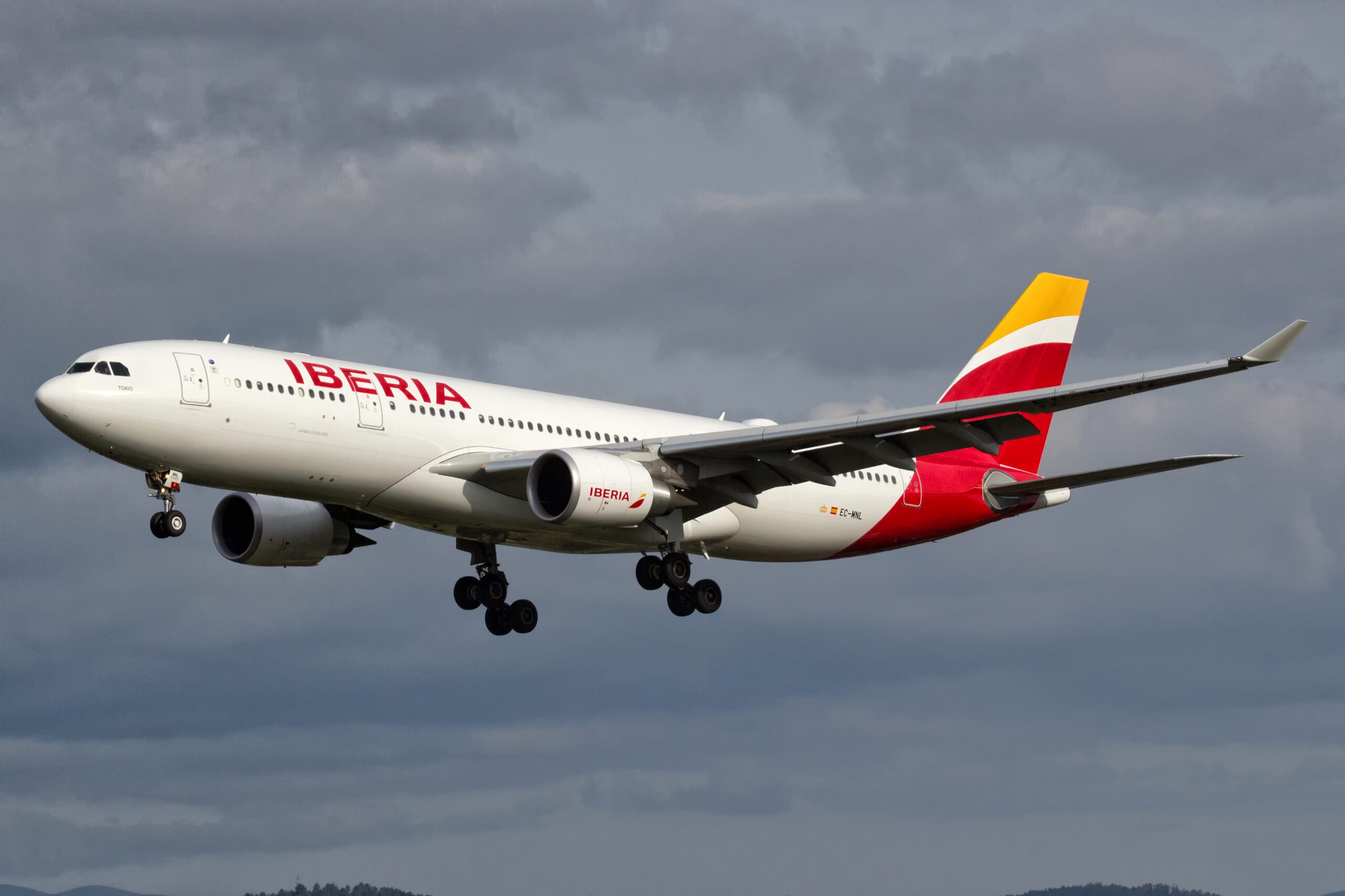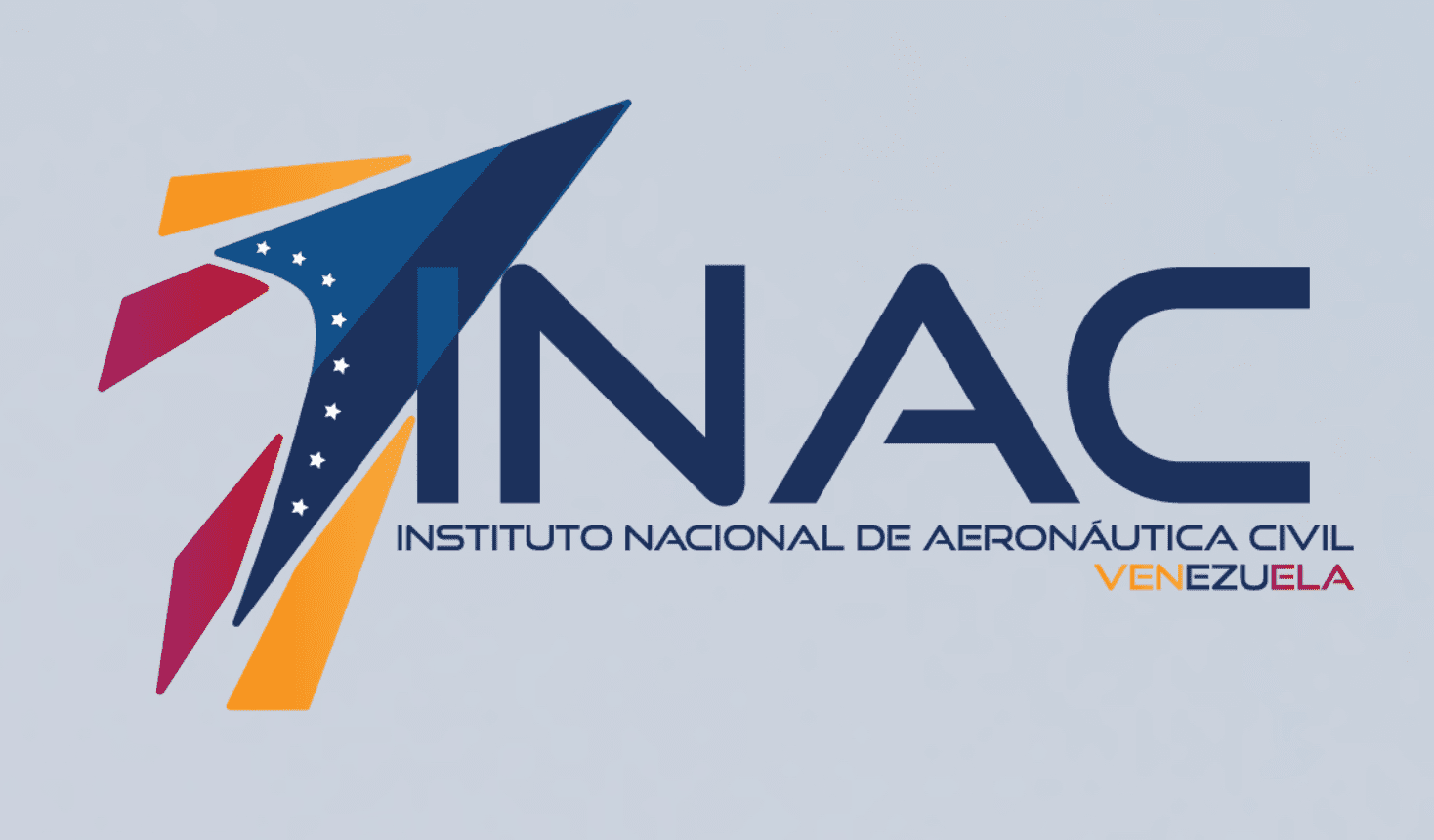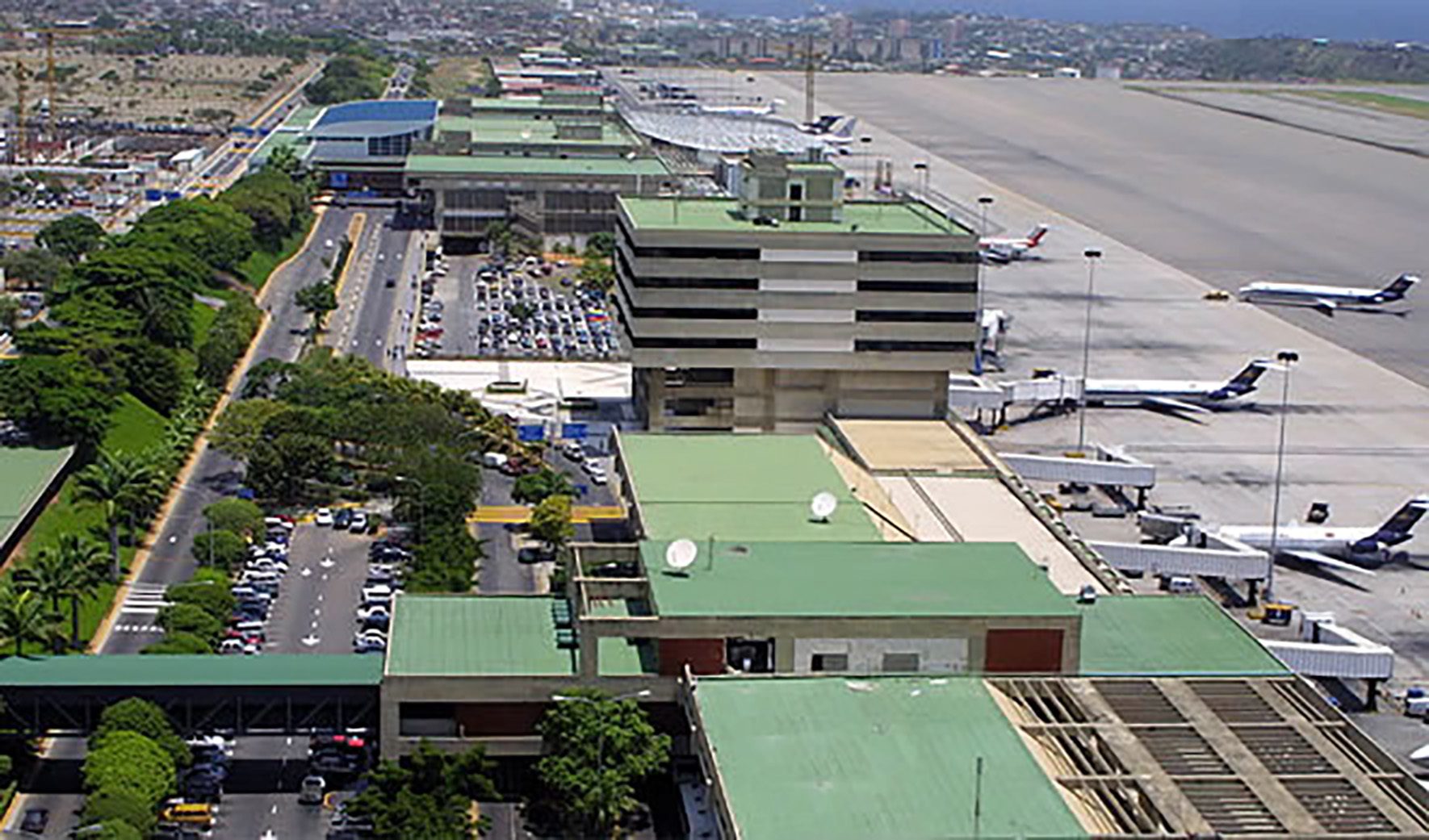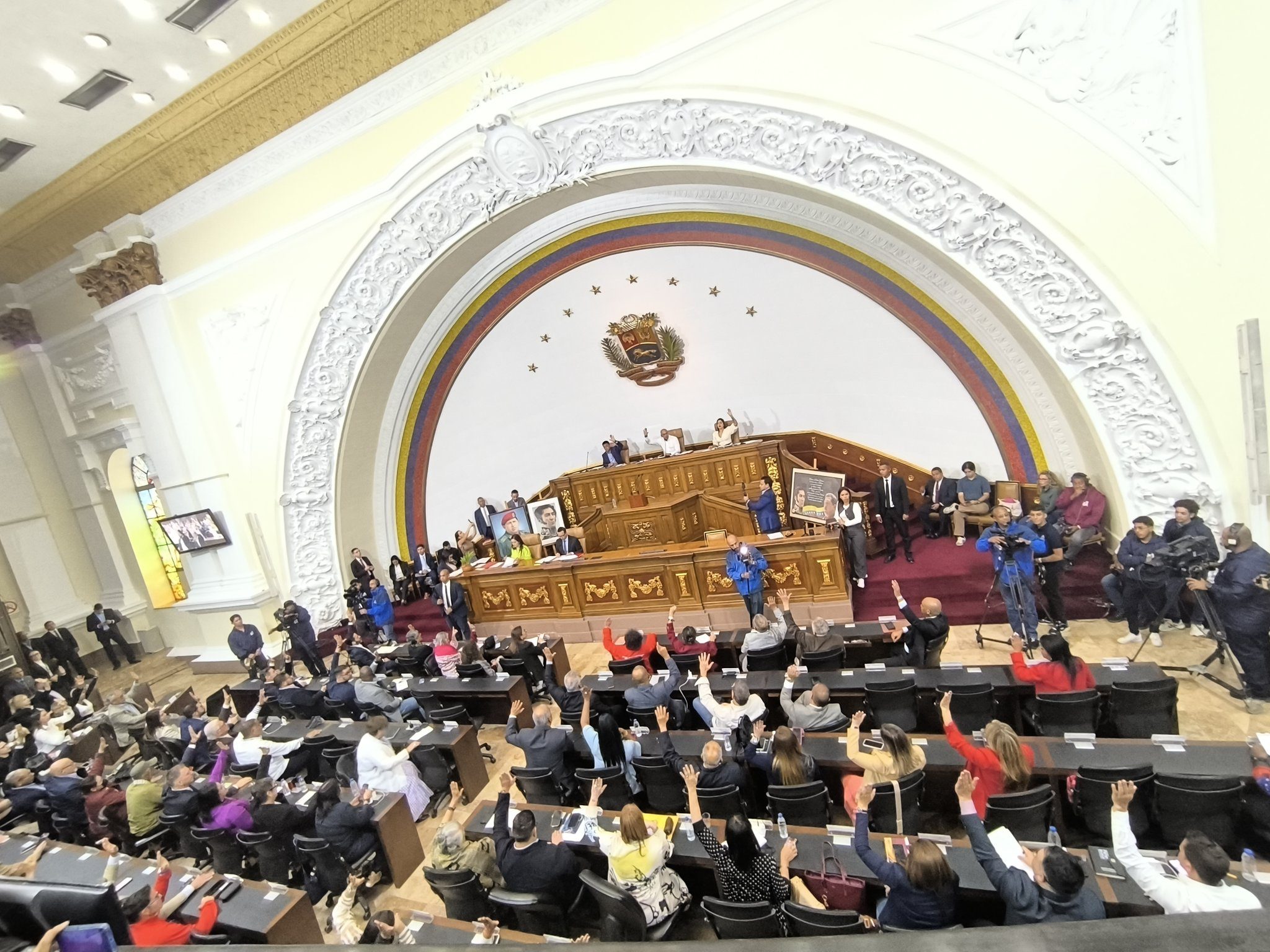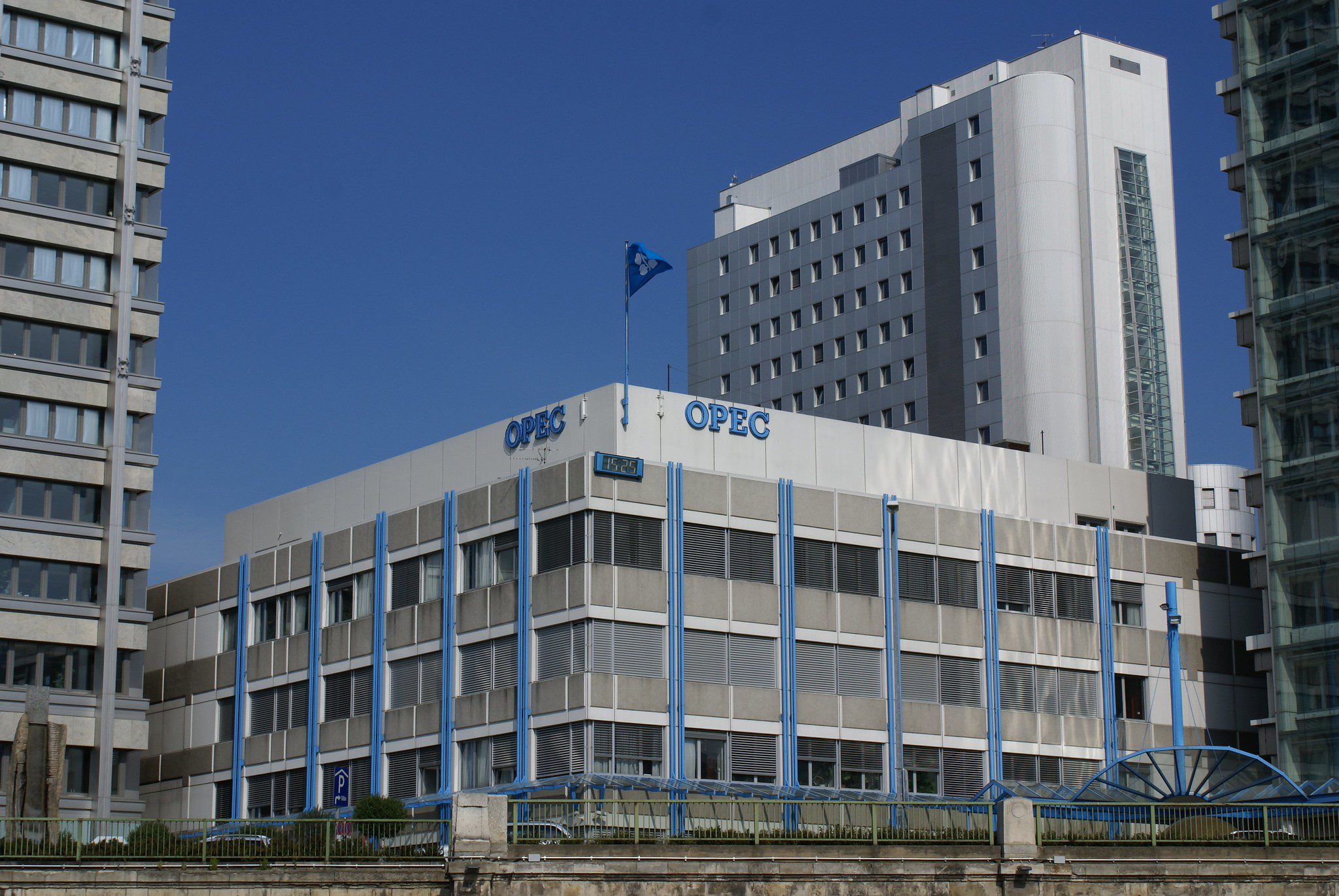PDVSA sign on a water well drilling platform during FICTEC 2018, an International Science and Technology Fair. Photo: @Testing / Shhutterstock
Guacamaya, August 12, 2025— Data reported by the Venezuelan government to the Organization of the Petroleum Exporting Countries (OPEC) placed the country’s oil production at 1,084,000 barrels per day (bpd) in July. This marks an increase of 15,000 bpd compared to the previous month and 163,000 bpd above the 2024 average.
Although this figure represents one of the highest levels in recent years, it diverges from OPEC’s direct sources, which estimated July’s production at 914,000 bpd—a slight decline of 4,000 bpd from June. This discrepancy subtracts 170,000 bpd from the government’s reported figure.
Despite the inconsistencies, Venezuela’s oil output has remained stable in the face of U.S. sanctions. This resilience is attributed to new strategic alliances, ongoing commitments with joint ventures, and deferred payments or in-kind agreements—factors that may also explain the data gap.
In July, it was revealed that U.S. oil company Chevron, whose operating license in Venezuela expired in April, received renewed authorization to continue production and export activities. CEO Mike Wirth announced that the company would resume limited exports of Venezuelan crude to the U.S. starting in August.
Official data shows a 14.99% increase in oil production compared to the 2024 average, and a 17.3% rise over the past 12 months. With Chevron’s new license—despite its restricted in-kind payment terms—and other PDVSA commitments, further growth in oil activity is expected.
“The oil production hasn’t declined—it has increased thanks to the efforts of our workers and strategic partnerships,” said Hydrocarbons Minister and Executive Vice President Delcy Rodríguez. She reaffirmed that Venezuela’s contractual obligations with international companies remain “unaltered,” despite what she called “illicit U.S. sanctions.”

